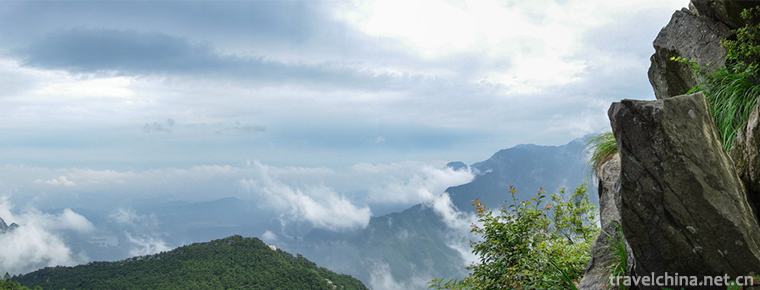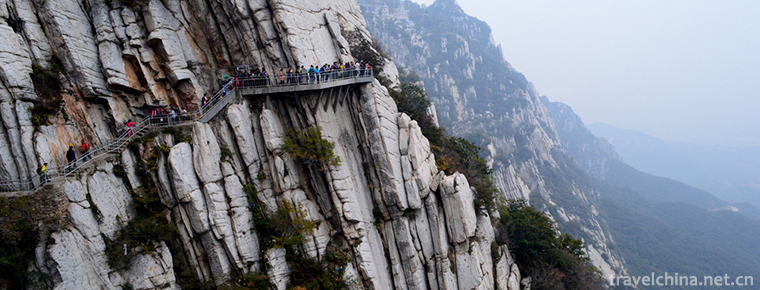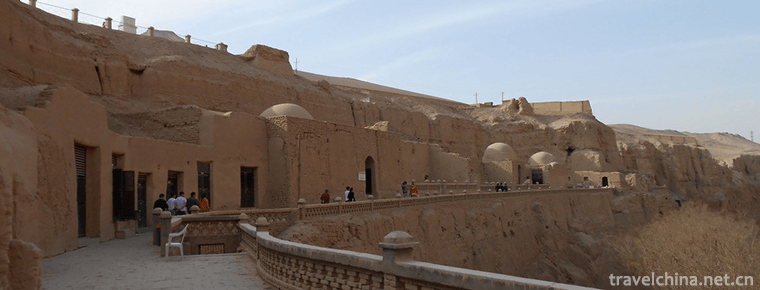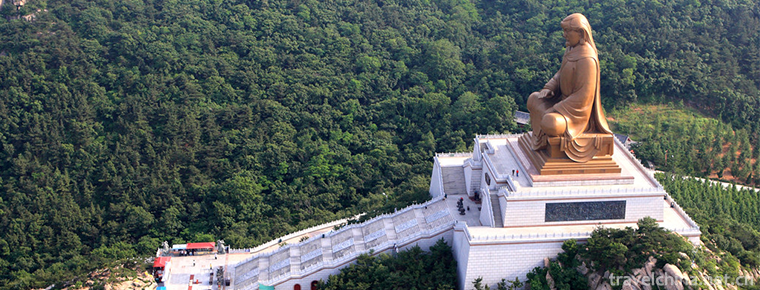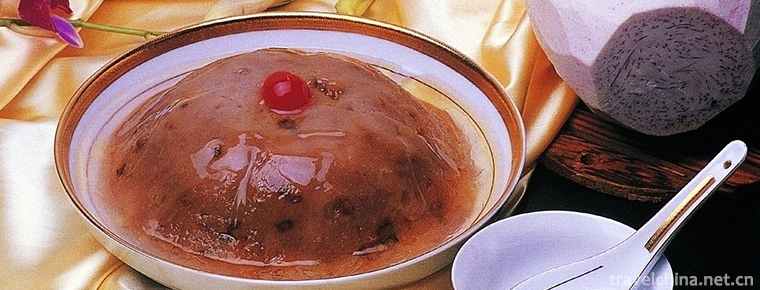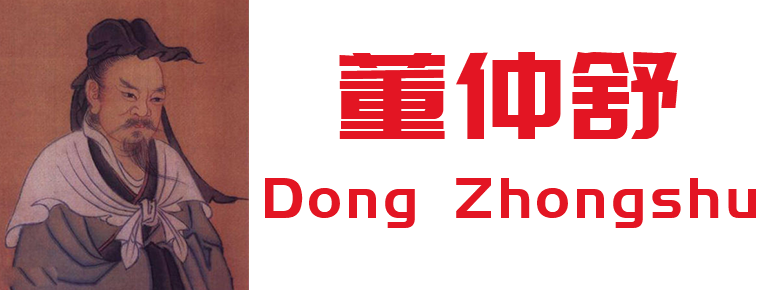Shuhe Ancient Town
Shuhe ancient town, Naxi language called "Shaowu", because the village after the gathering of Baoshan like a pile of peaks, to mountain village, spread mutation, meaning "village under the peak," is one of the earliest settlements of Naxi ancestors in Lijiang Bazi, is an important well-preserved town on the ancient tea-horse road.
It is also a living specimen of Naxi ancestors'transition from agricultural civilization to commercial civilization, and a model of market town construction formed by opening to the outside world and the activities of horse gangs. Shuhe is an important part of the world cultural heritage Lijiang ancient city. It was selected as CCTV "China Charming Town" in 2005.
The ancient town of Shuhe is located at 26 degrees north latitude 55 minutes, 100 degrees east longitude 12 minutes. The ancient town of Shuhe is situated near the mountains and rivers, with its houses scattered in all directions, facing the rural terraces and strangers; the Yulong in the north, the Xiangshan in the southeast, and the Wenpen in the southeast, with its changing scenery, especially the two springs at the head of the village, one of which is called the Jiudinglong Pond, also known as the Longquan. At the core of all the scenic spots in Lijiang, it is the key point to visit the ancient city of Lijiang, Yulong Snow Mountain, Lugu Lake, the first bay of the Yangtze River and the scenic spot of the three parallel rivers.
From the ancient city of Lijiang to the north, about four kilometers along the road to the east of Zhongji Sea, we can see a dense village at the foot of the hills on both sides, which is called Shuhe ancient town of Qingquan Town. When Xu Xiake traveled to Zhishan to get rid of the forest, he once walked this way. In his account, he wrote: "After a dry stone bridge, looking west into the Zhonghai Sea, Liu Shaanbo lingering, there is a big settlement on it, is the Tenth Harmony Court." "Ten harmony" is the ancient name of the ancient town of Shuhe today. The ancient tea-horse road, which opened in the Tang Dynasty, traveled from southern Yunnan to Lhasa, Tibet via the Lijiang River. Its operation and development in the Tang, Song, Yuan, Ming and Qing Dynasties promoted the economic and cultural exchanges among the people of all ethnic groups along the line. Shuhe is the well-preserved post station in the Bazi of Lijiang River. It was listed as an important ancient city of Lijiang in 1997 as a "world cultural heritage". Component.
Enter Shuhe Village, you can go straight to Shuhe Central Market, where you will have a sense of deja vu, this is a similar to Dayan Town ancient city square street square, an area of about 250 square meters, also known as Shuhe Square Street, the day of the market is very busy, was Lijiang fur trading distribution center. The square is surrounded by shops, old wooden facades, dark red paint. There are black and bright bluestones in front of the shop, mottled stone slopes at the foot of the road, and idle old people, outlining the simple nature of the Shuhe River. Standing in the center of the square, you carefully observe the experience, Dayan ancient city square street is completely a copy of Shuhe, the Naxi people from nomadic to farming, and then to the city, from here you can find some traces. Walk along Shuhe Street 100 meters north, you can find the source of the stream, "Jiuding Longtan", the water is transparent and clear, day and night spring, Shuhe people regarded as a divine spring, so built Longquan Temple. There is no difference between the temple furnishings and other temples in the ancient city. Instead, there is a "three holy palaces" Pavilion in the corner of the water. It is a traditional quadrangle, where the cobbler's grandfather is worshipped. Because it is the pride of Shuhe people, there are many skilled craftsmen making leather, but also an important place for fur distribution.
Out of the Shuhe ancient town to the north, there is a vast wilderness, in front of a cluster of trees, hidden an ancient cottage, Naxi ancestors across the Jinsha River, from the snowy mountains south into the Lijiang Dazi, is in the wilderness to create their early civilization.
Shuhe and Baisha were the earliest settlements of the Naxi ancestors, and also the birthplace of Mu's chieftain. Here is a collection of historic sites. You can feel a more primitive Shuhe in the north of Lijiang.
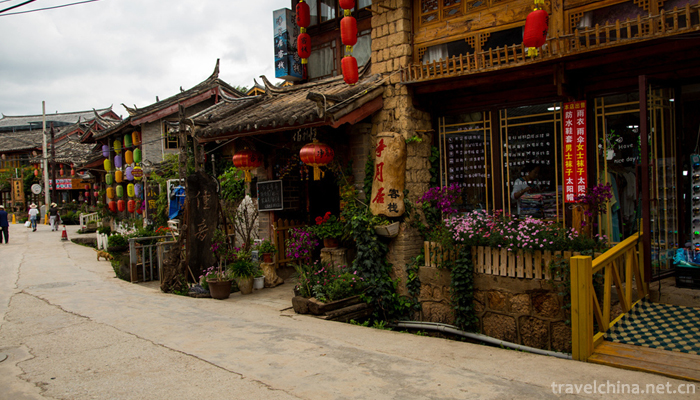
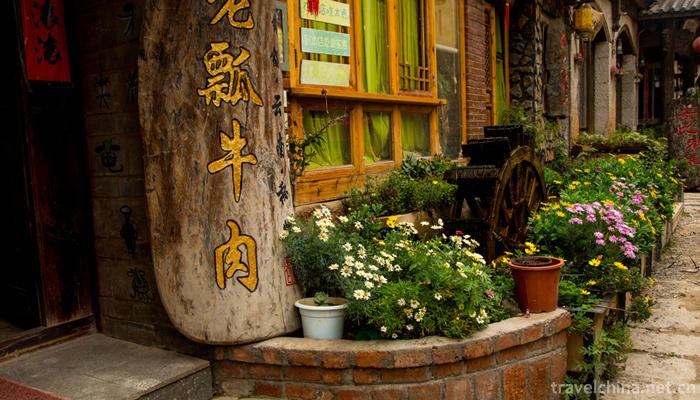
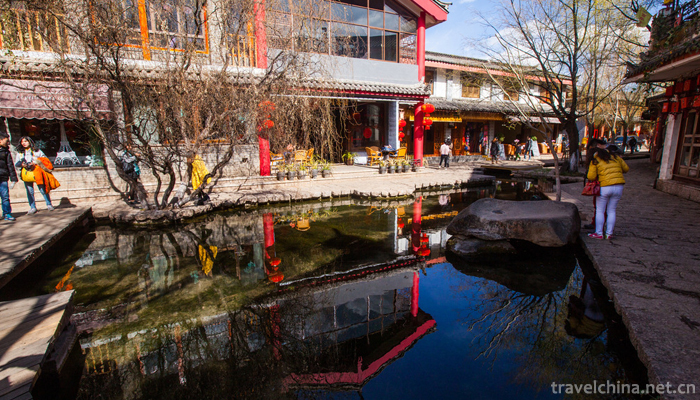

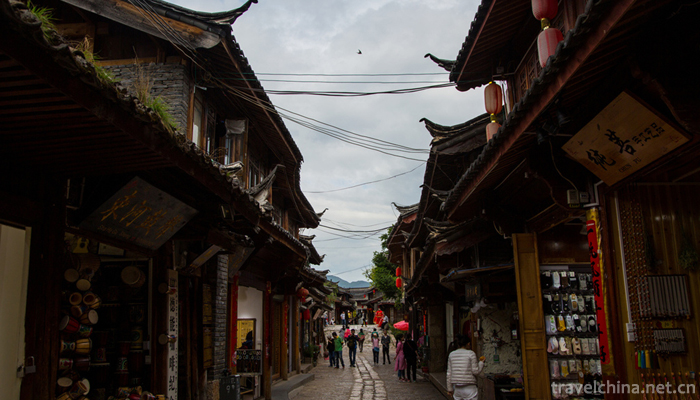
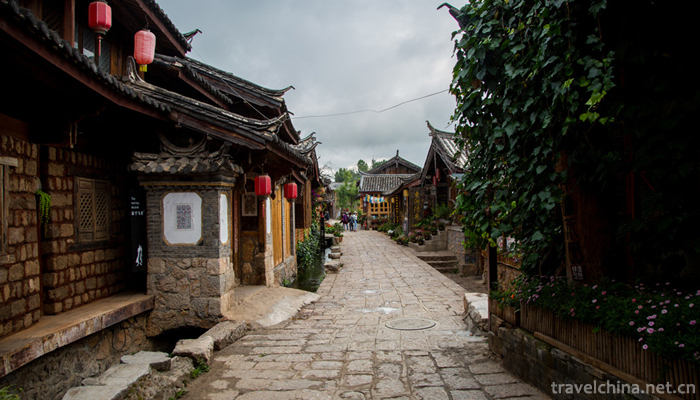
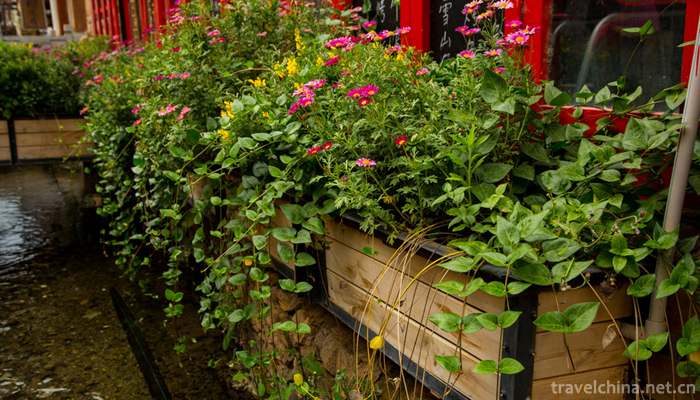
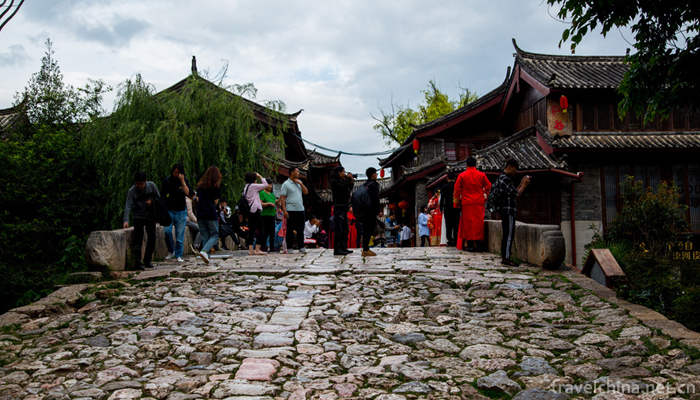
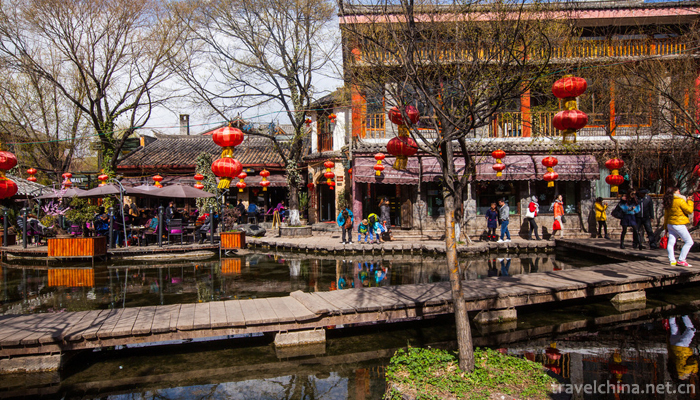
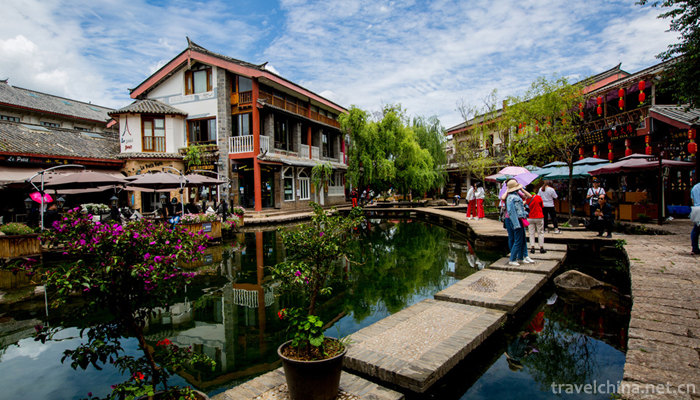
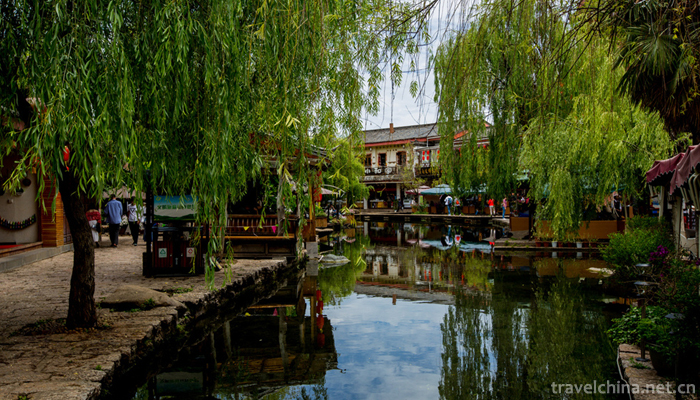
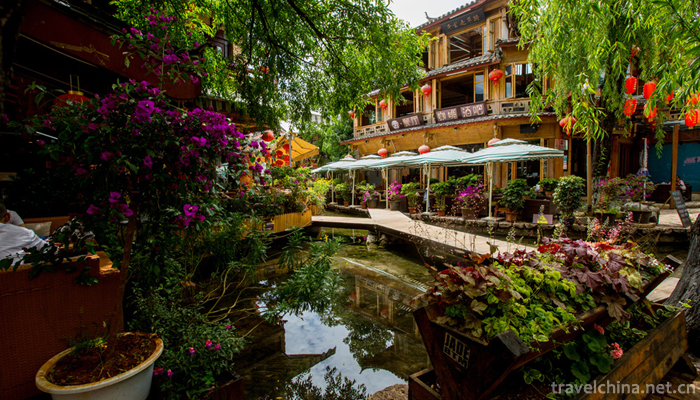
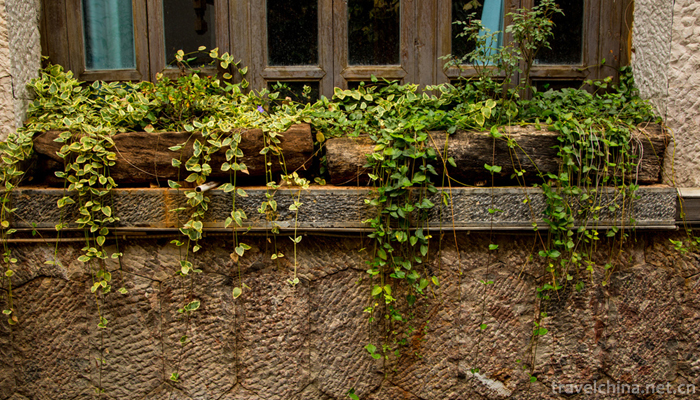
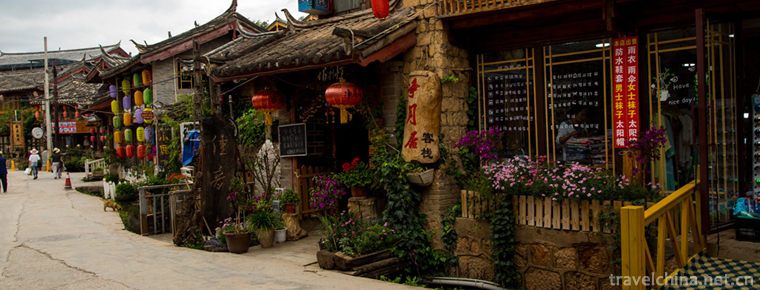
Shuhe Ancient Town
-
Mountain Lushan
Mount Lu, also known as Kuang Shan and Kuang Lu, is located in Mount Lu City, Jiujiang, Jiangxi province. It is located between the east longitude 115 degrees 52 '- 116 degrees 8'
Views: 223 Time 2018-10-30 -
Mount Song
Songshan, known as the "foreign side" in ancient times, Xia and Shang Dynasties as "lofty" and "Chongshan", Western Zhou Dynasty as "Yue Shan", Songshan as the
Views: 236 Time 2018-10-30 -
Bezeklik Thousand Buddha Caves
The Qianfo Cave in Bozikrik is located on the cliff on the West Bank of the Wood Trench, 45 kilometers east of Turpan City, Xinjiang. There are 83 caves and 57 caves
Views: 144 Time 2019-01-02 -
Saint Sophia Cathedral in Harbin
St. Sophia Church is located in Sophia Square, Daoli District, Harbin City, Heilongjiang Province, China. It is a Byzantine-style Orthodox Church built in 1907
Views: 203 Time 2019-02-08 -
Chishan Scenic Area Shidao
Chishan Scenic Area of Shidao, located in the Shidao Management Area of Rongcheng City, the easternmost end of Shandong Peninsula, is a national 4A-level tourist attraction
Views: 184 Time 2019-02-08 -
Eight treasures taro
Babao taro paste is one of the local traditional sweet spots in Fujian cuisine. This dish is delicate, soft, sweet and delicious. It looks like a cold dish but burns its mouth. It has a unique flavor.
Views: 146 Time 2019-03-27 -
Linear cavity
Line-tune opera, also known as Line-score opera, is an ancient traditional opera in Shanxi Province. It first appeared in the Han and Tang Dynasties, and developed greatly. It flourished in the Song D
Views: 169 Time 2019-07-03 -
Chengdu University of Information Technology
Chengdu University of Information Engineering is a provincial general undergraduate college jointly established by Sichuan Province and China Meteorological Bureau and the key development of Sichuan P
Views: 267 Time 2019-08-31 -
Dong Zhongshu
Dong Zhongshu (179 BC - 104 years ago), Guang Chuan (Hebei Jingxian County southwest, Jingxian County, Gucheng, Zaoqiang three counties junction) people, the Western Han Dynasty. philosopher emperor j
Views: 131 Time 2019-09-07 -
Neijiang administrative division
Neijiang City governs 5 county-level administrative divisions (Municipal District 2, county-level city 1, county-2), and 83 township level administrative divisions (street 13, town 70). It covers an area of 5386 square kilometers and has a population of 4.27 million.
Views: 170 Time 2020-12-16 -
Leshans first industry
In 2019, the sown area of crops in Leshan City is 344100 hectares, an increase of 3318 hectares over the previous year. Grain planting area was 217800 hectares, an increase of 122 hectares over the previous year; oil planting area was 46500 hectares
Views: 335 Time 2020-12-17

